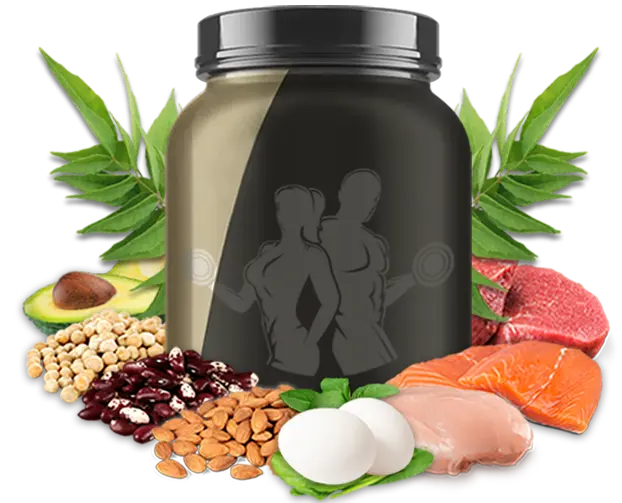
Essential Guide
Your guide to building a stronger
and healthier YOU!
Are amino acids the superheroes of the nutrition world? We think so!
They’re like the bricks in a house – without them, our bodies would crumble!
Discover how these tiny compounds can help you reach your fitness goals and feel amazing!
Amino acids are organic compounds that are considered the building blocks of proteins. Proteins are the primary building material of all living cells: muscles, skin, hair, nails, blood cells in a word, all body tissues are composed of proteins.
They are an irreplaceable material that enables tissue growth, regeneration, and development. That is why they are called building materials. There are 100,000 proteins made up of different combinations of amino acids.
Amino acids are involved in almost every biological process in the body and help wound healing, immune function, muscle growth, energy production, and more.
Many people who engage in physical activities use amino acids as a dietary supplement in order for their muscles to recover more efficiently and faster after strenuous training. However, amino acids are not exclusively related to improved athletic performance.

There are 20 different types of amino acids that are used by the human body to build proteins and carry out various other functions. These amino acids are categorized into three different types based on their chemical structure and how the body uses them:
Most people can easily obtain enough amino acids through a balanced diet. That includes a variety of protein sources, as amino acids are the building blocks of proteins.
Foods rich in amino acids can be divided into two types based on the source of the amino acids:
1. Foods of animal origin: This food are generally considered as the best sources of complete proteins, as they contain all the essential amino acids that the body needs to function properly.
Here are some examples of animal-based foods that are rich in amino acids:
It’s important to note that while animal-based foods are rich in amino acids, they can also be high in saturated fats and cholesterol. It’s recommended to consume these foods in moderation as part of a balanced diet.
2. Plant-based foods: Unlike animal-based sources, plant-based sources are often incomplete proteins, meaning they do not contain all of the essential amino acids in the right proportions.
However, by combining different plant-based sources, it is possible to obtain all of the essential amino acids. For example, combining rice and beans or eating hummus with whole grain pita can provide a complete protein.
Here are some examples of plant-based foods that are good sources of amino acids:
Amino acids are like puzzle pieces, and when they come together, they create the beautiful picture of life.